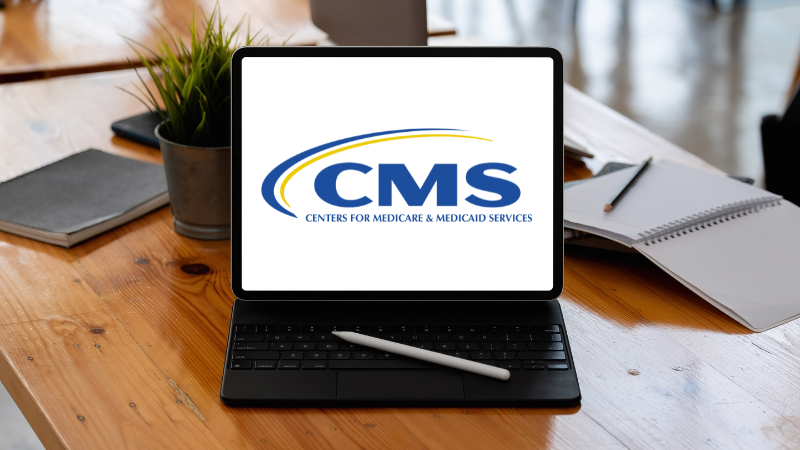March 1, 2024
Improving staff retention and engagement is a top concern for employers throughout the post-acute and long-term care (PALTC) continuum. The good news is that there is an impressive array of resources to help. Scott Code, vice president of the Center for Aging Services Technologies, will discuss the latest, most promising high- and low-tech tools to promote successful, efficient staff recruitment and retention during a More of a Good Thing: A Framework to Grow and Strengthen the PALTC Careforce virtual roundtable on March 14.
“You don’t have to break the bank to use technology for staffing,” Mr. Code says. However, he stresses the importance of researching any technology you want to implement and seeking your employees’ input and feedback before you make any investment.
Numerous platforms and software can make recruitment, retention, and engagement easier, more efficient, and more targeted. For instance, pay equity and compensation benchmarking software can help ensure competitive wages and salaries.
Elsewhere, a platform enables ongoing approaches to track employees’ views, feelings, and attitudes. Employers can use this data to identify targeted ways to improve staff engagement and retention.
“More advanced platforms can document attitudes and insights expressed in employee surveys and score them,” Mr. Code says. There also are predictive analytics tools that can help identify factors that contribute to turnover. “We will likely see more of this in the future,” he says. However, he stresses that when you use this kind of technology, it is essential to be transparent with staff about how information is being collected and used.
Employee engagement platforms can assess what is happening in the organization over time, identify pain points, and assess the health of the culture. Mr. Code notes that one priority for employees is having more control over their schedules. “There are online platforms that enable this. They’re not expensive to implement, but they greatly impact employees and go a long way toward attracting new staff,” he says.
Training and education opportunities also are important, says Mr. Code; and there are numerous online learning management systems and virtual reality training simulation programs that offer cutting-edge, interactive, proven training and education opportunities. These can be used as part of onboarding or ongoing training for team members. Another benefit of these efforts is that many enable people to access training when and where they can.
In addition, technology can be used to create and manage rewards programs. Mr. Code notes, “You also can use technology for employee wellness support by offering access to tools and resources to help manage their physical and mental health.”
Watch for artificial intelligence (AI) to take a growing role, says Mr. Code. For instance, next-generation employee survey platforms include AI-driven analysis tools automatically identifying common trends and themes. There also is machine learning and AI to improve recruitment by triggering closer matches for job openings. These not only enable management to get information quicker; they also save the time and trouble of HR or other team members having to sift through and analyze data.
Mr. Code will talk about workflow efficiencies and the importance of enabling staff to use technology in comfortable and productive ways. This can have a significant impact on recruitment and retention. For example, he says, “Some organizations have policies that staff must leave their personal devices in their cars. This won’t go over well with many, especially younger workers.” He also will touch on benefits such as access to earned wages, which is “a big deal for workers and getting more common.”
Each More of a Good Thing roundtable begins with a brief presentation, followed by Q&As and discussion. Register for the program now.


